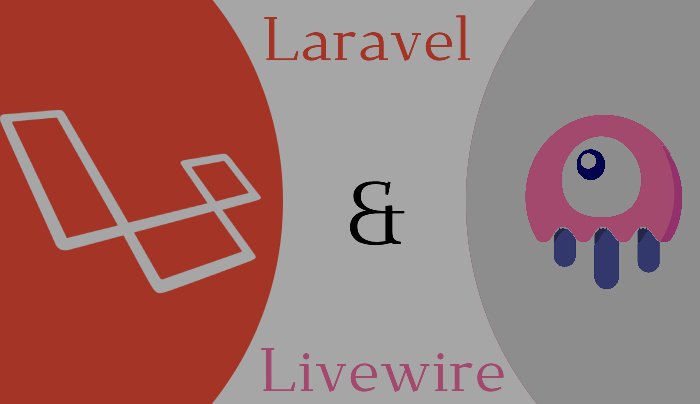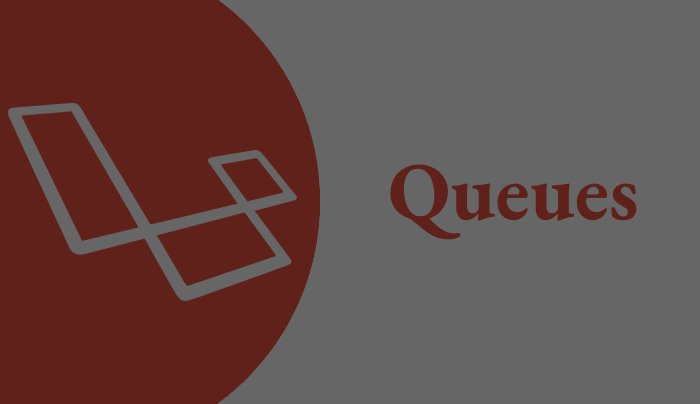Docker
Docker, a groundbreaking containerization platform, has revolutionized the way we develop, deploy, and manage applications. This beginner's guide aims to demystify Docker by explaining its core concepts, workflow, and practical applications.
Core Concepts:
- Images : Docker images are the basis for containers. They are lightweight, portable, and self-sufficient. You can think of an image as a template that defines the application and its dependencies.
- Containers : Containers are running instances of Docker images. They are isolated from the host system and from each other. This isolation allows developers to ensure that an application behaves consistently regardless of the environment it's running in.
- Dockerfile : The Dockerfile is a script that contains instructions for building a Docker image. It specifies the base image, application code, and dependencies that need to be included in the image.
Workflow
The typical Docker workflow consists of the following steps:
- Building the Docker image : To build a Docker image, you need to have a Dockerfile that specifies the necessary instructions. You can build the image by running the command docker build -t your-image-name . from the directory containing the Dockerfile.
- Running the Docker container : Once you have a Docker image, you can create and run a Docker container from it. To do this, use the command docker run -p host-port:container-port -d your-image-name.
- Connecting to the Docker container : If you need to access the command line inside the running Docker container, you can do so by running the command docker exec -it container-id /bin/bash.
- Stopping and removing the Docker container : To stop and remove a Docker container, use the command docker stop container-id && docker rm container-id.
Practical Applications:
- Local Development : Docker containers provide a consistent development environment across different platforms. This consistency can help avoid bugs caused by differences in system configurations and dependencies.
- Continuous Integration and Continuous Deployment (CI/CD) : Docker containers can be easily integrated into CI/CD pipelines. By ensuring that applications are tested and deployed in identical environments, developers can minimize errors and reduce the time it takes to deliver new features and bug fixes.
- Microservices : Docker's lightweight nature makes it an ideal choice for building and deploying microservices. This architecture can improve application scalability, flexibility, and resilience.
Conclusion
Docker offers a powerful and efficient solution for containerization, enabling developers to create, deploy, and manage applications more effectively. By understanding the core concepts, workflow, and practical applications of Docker, you can unlock its potential and transform the way you develop and deploy software.
Recent Posts
.jpg)

.jpg)
.jpg)
.jpg)
.jpg)
.jpg)

 (1).jpg)
.jpg)